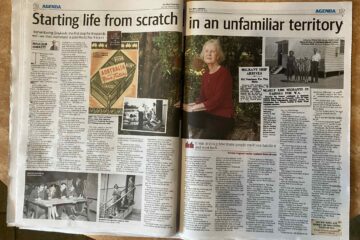The Matildas, Australia’s national women’s football team, are celebrated not only for their sporting achievements but also for reflecting the diverse cultural tapestry of modern Australia. Among this diversity, Dutch migrants and their descendants have played a notable role in shaping the team’s history, from its formative years to its current standing on the world stage. The Dutch football tradition, with its emphasis on skill, teamwork and tactical intelligence, has left its mark through several players who have worn the green and gold.
One of the earliest representatives of Dutch heritage in the Matildas was Rose van Bruinessen (later Rosemary Moodley). Born in Sydney to Dutch migrant parents — her father from Utrecht and her mother from Amsterdam — Rose was part of the first official Australian women’s national team in 1979. Known for her composure and strength as a defender, she helped lay the foundations of women’s football in Australia at a time when opportunities for female players were limited.
Renaye Iserief also contributed to this early chapter. With a Dutch-Javanese father who had survived the Japanese occupation of the Netherlands East Indies during the Second World War, Renaye’s background reflected the complex history of Dutch migration to Australia. After settling on the Central Coast of New South Wales, she rose through local football ranks to become a natural-born striker. Renaye represented Australia in the 1980s, earning caps and scoring goals for the national team, and later served as a tour manager for the Young Matildas.
Mandi Langlar (Langelaar) represents the second generation of Dutch-Australian footballers. Her father Pete migrated from Zeist to Australia in 1954, settling in New South Wales and becoming a stalwart of football on Sydney’s northern beaches. Mandi grew up in this footballing environment, eventually earning selection for the national team in 1984. She went on to play for Australia in international tournaments, contributing to the rise of women’s football while embodying the legacy of Dutch migration and family passion for the sport.
In the modern era, Dutch connections remain strong within the Matildas. Emily van Egmond, a fixture of the team with over 150 caps, is the daughter of Gary van Egmond, a former Socceroo and coach of Dutch heritage. The family’s Dutch background has been an important part of Emily’s footballing journey, influencing her development from a young age.
Mary Fowler, another current star of the Matildas, spent several years living in the Netherlands during her early teens. While there, she played with BVV Barendrecht and became fluent in Dutch. Mary credits this period with shaping her technical abilities and understanding of the game, which have become hallmarks of her playing style.
Together, these players highlight the valuable contribution of Dutch migrants and their descendants to Australian women’s football. From backyard games and migrant clubs to World Cups and Olympic Games, the Dutch-Australian influence in the Matildas is a reminder of how migration has enriched the nation’s sporting identity.
Paul Budde – updated 2025
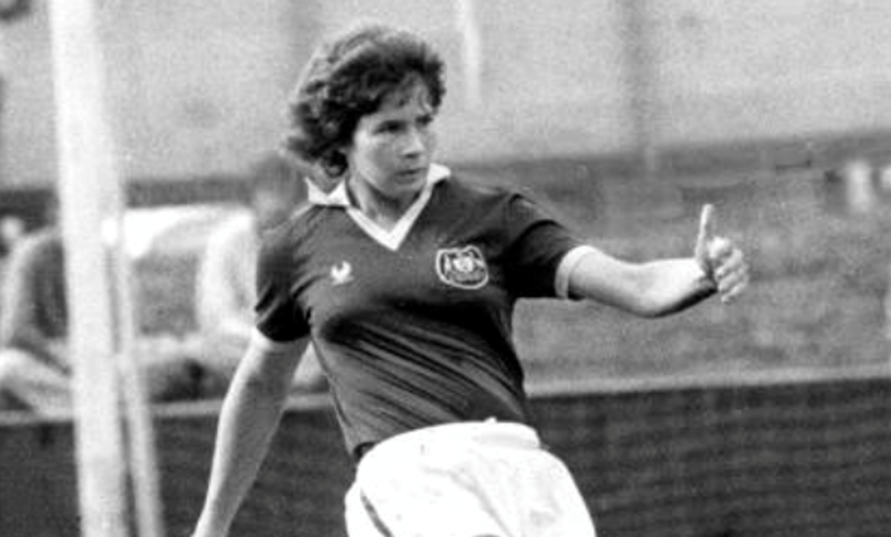
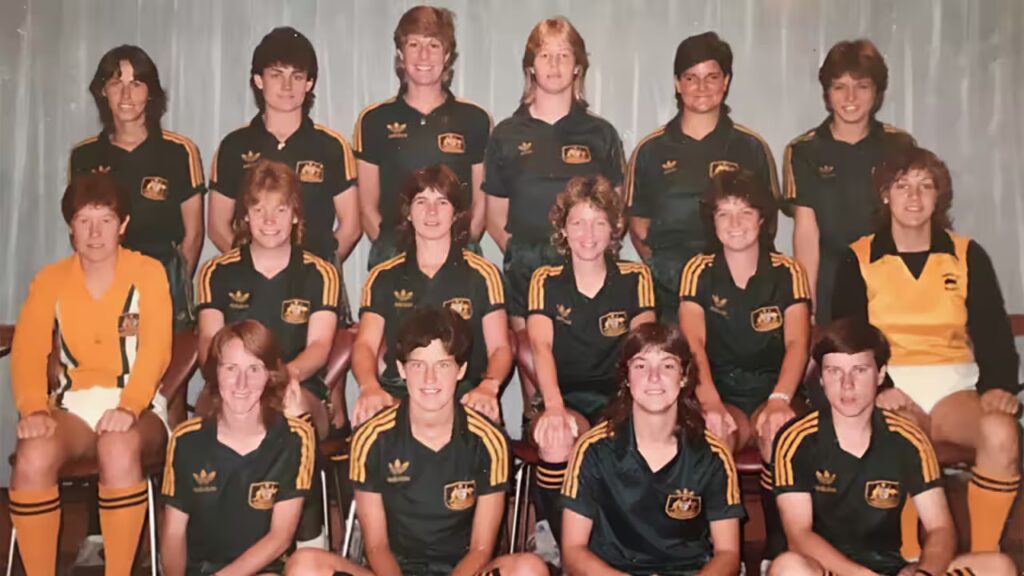
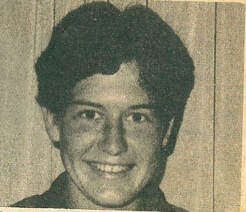

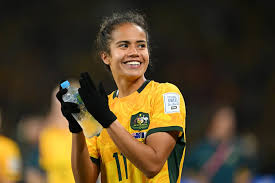
See also:
Dutch-Australian Socceroos – the players of Dutch heritage who represented Australia
